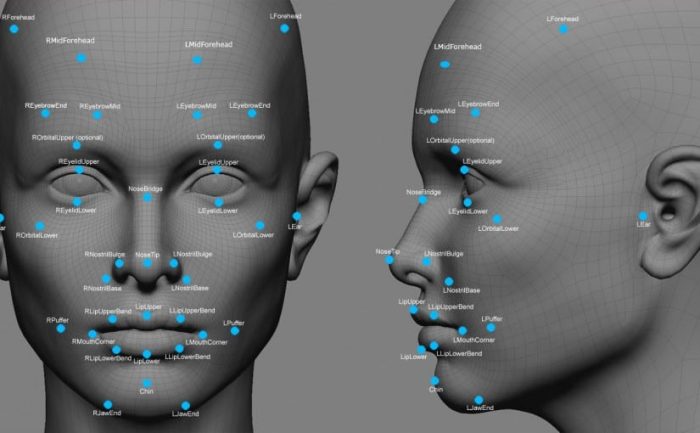Microsoft curbs its facial recognition platforms in the name of privacy and security
2 min. read
Published on
Read our disclosure page to find out how can you help Windows Report sustain the editorial team Read more

Back in 2020, Microsoft seemingly gave lip service to the notion of responsible and regulated facial recognition usage when it publicly pushed for a “common regulatory” framework while internal communications surfaced showing the company pestering the DEA to use its platforms.
Two years later, Microsoft is starting to make good on its continued effort to be more responsible with its facial recognition platforms and announced a new limited Access policy, removing AI classifiers of sensitive attributes and bolstering its investments in fairness and transparency as part of its updates to its Responsible AI Standard.
Effective today, new customers need to apply for access to use facial recognition operations in Azure Face API, Computer Vision, and Video Indexer. Existing customers have one year to apply and receive approval for continued access to the facial recognition services based on their provided use cases.
By introducing Limited Access, we add an additional layer of scrutiny to the use and deployment of facial recognition to ensure use of these services aligns with Microsoft’s Responsible AI Standard and contributes to high-value end-user and societal benefit. This includes introducing use case and customer eligibility requirements to gain access to these services.
In addition, starting June 30, 2022, existing customers will lose access to facial recognition capabilities if their applications are not approved within the year. Businesses looking to continue their access to Microsoft’s facial recognition platforms and services will need to reapply here.
Microsoft will also be retiring facial analysis functions that infer “emotional states and identity attributes such as gender, age, smile, facial hair, hair, and makeup.”
While Microsoft will no longer be feeding the needs of individual companies’ broad access to potentially detrimental facial recognition attributes and functionality, the company does support the broader use for people with disabilities and for use in applications such as Seeing AI.
Microsoft will be providing new tools to help guide companies currently using their buffet of facial recognition features to the more dieted version of resources in the coming months.








